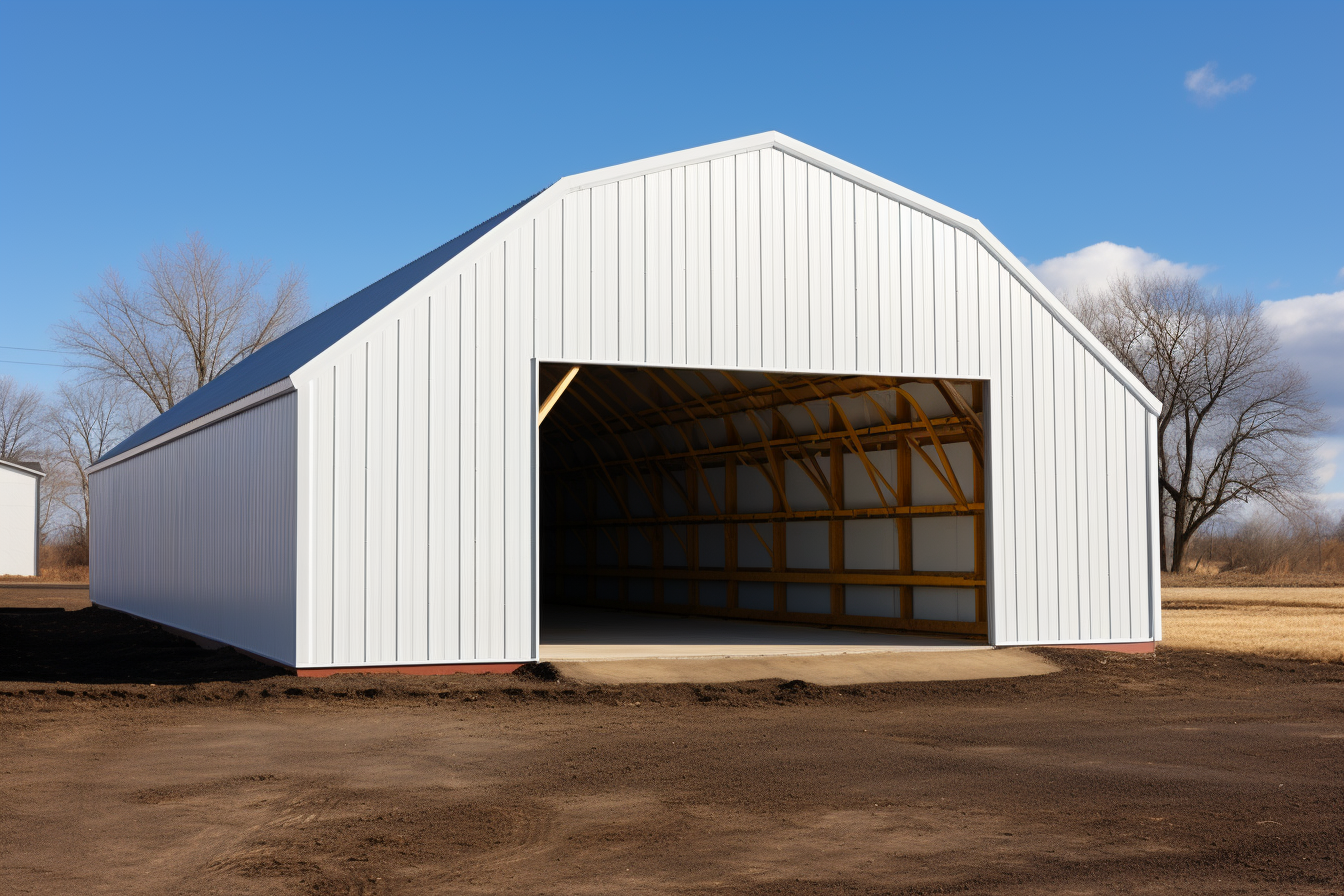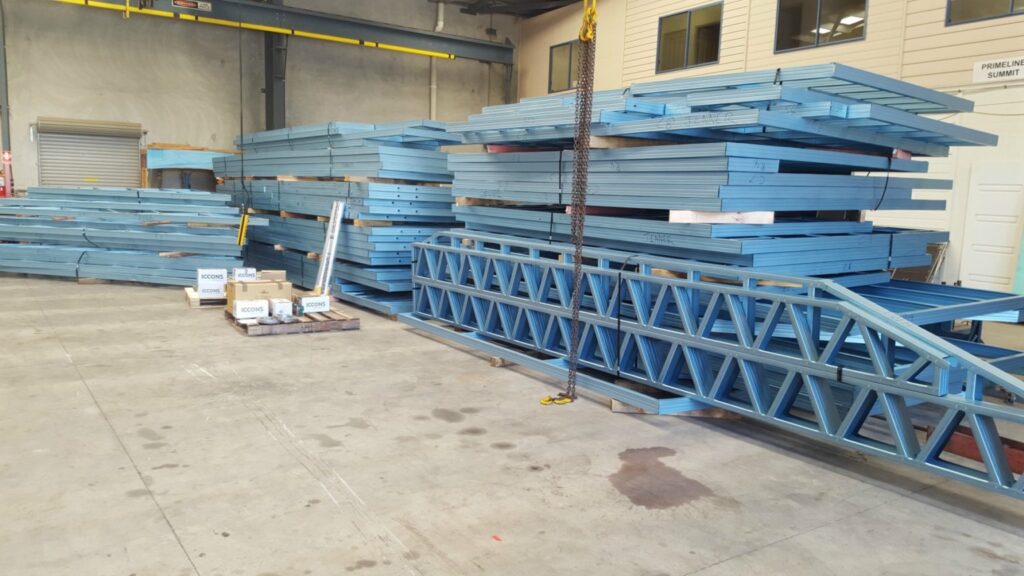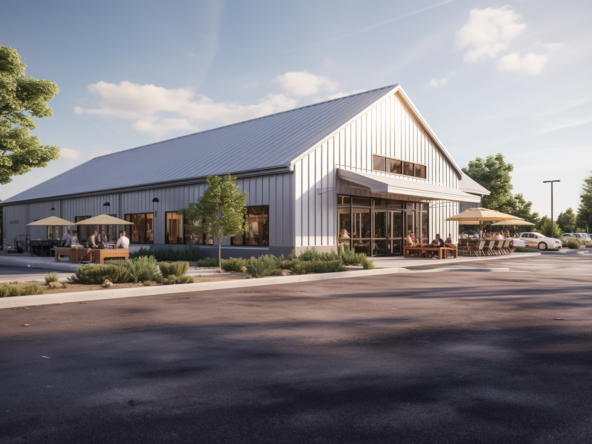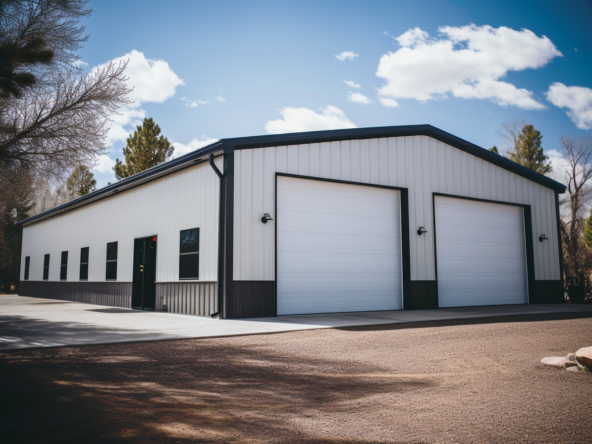Steel Framing vs Wood Framing – Which is More Cost Effective?
When planning a new shop, barn, or commercial space, owners face an age-old question – should the structural framework use steel beams, columns, or dimensional lumber? Compared cost-wise, wood initially seems cheaper. But factoring in long-term durability and maintenance, steel emerges as the wiser choice financially. Let’s analyze key factors influencing overall expense during ownership lifespan.
Upfront Material Cost Comparison
Dimensionally sized lumber including 2x4s, 2x6s, and larger timber beams do ring up modestly less than structural steel shapes like I-beams or square tubing on initial bids. This mostly stems from abundant wood resources keeping supplies steady. However, wider fluctuations in steel pricing depend more on market demand. Either way, cost differences per square foot for simpler buildings fall within 10-15% for conventional wood versus raw steel.
Construction Labor Factors
Framing crews can assemble basic wood buildings with common tools faster. Steel erection involves more specialized equipment like welders and drills for exacting alignments. Yet for large clearspan structures, the need for hierarchical wooden truss systems takes vastly more effort compared to modular steel component assembly. At certain scales, the labor time equalizes. Complex structures with heavy loads favor steel for quicker completion.
Lifespan Maintenance Reality
Here is where steel dramatically outpaces wood financially when weighing decades of ownership costs. Steel structural members maintain full integrity for 60-80 years or more. But wet weather, UV damage, and simple wear necessitate replacing compromised wood after just 20-30 years usually. This means recurrent material and labor expenses are constantly chipping away at value. Whereas steel-framed buildings become nearly maintenance-free assets.
Essential Resilience
Steel also withstands punishing use, temperature swings, ground movement, and natural disasters exponentially better than wooden alternatives with exceptional tolerance across all metrics. This prevents major repair bills from events destroying lesser structures. Steel’s fundamental toughness delivers true long-term expense assurance wooden frames simply cannot match dollar for dollar when evaluating the cost of ownership overall.








